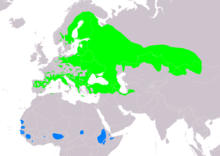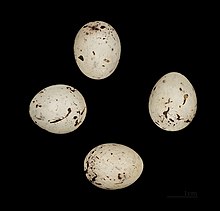
The buntings are a group of Old World passerine birds forming the genus Emberiza, the only genus in the family Emberizidae. The family contains 45 species. They are seed-eating birds with stubby, conical bills.

The common reed bunting is a passerine bird in the bunting family Emberizidae, a group now separated by most modern authors from the finches, Fringillidae. The genus name Emberiza is from Old German Embritz, a bunting. The specific schoeniclus is from Ancient Greek skhoiniklos, a now unknown waterside bird.

The corn bunting is a passerine bird in the bunting family Emberizidae, a group now separated by most modern authors from the finches, Fringillidae. This is a large bunting with heavily streaked buff-brown plumage. The sexes are similar but the male is slightly larger than the female. Its range extends from Western Europe and North Africa across to northwestern China.

The cirl bunting, , is a passerine bird in the bunting family Emberizidae, a group now separated by most modern authors from the finches, Fringillidae.

Cretzschmar's bunting is a passerine bird in the bunting family Emberizidae, a group now separated by most modern authors from the finches, Fringillidae.

Armagnac is a distinctive kind of brandy produced in the Armagnac region in Gascony, southwest France. It is distilled from wine usually made from a blend of grapes including Baco 22A, Colombard, Folle blanche and Ugni blanc, traditionally using column stills rather than the pot stills used in the production of cognac, which is made predominantly from ugni blanc grapes. The resulting spirit is then aged in oak barrels before release. Production is overseen by the Institut national de l'origine et de la qualité (INAO) and the Bureau National Interprofessionel de l'Armagnac (BNIA).
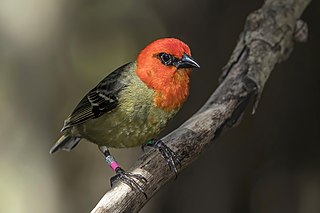
The Mauritius fody is a rare species of bird in the weaver family. It is endemic to the island of Mauritius. It is classified by BirdLife International as being endangered. It is also on the United States' Endangered Species List with an endangered status.
Ambelopoulia is a controversial dish of grilled, fried, pickled or boiled songbirds which is a traditional dish enjoyed by native Cypriots and served in some Cypriot restaurants. It is illegal in Cyprus as it involves trapping wild birds such as blackcaps and European robins. Trapping kills birds indiscriminately, thus internationally protected species of migratory birds are killed as well. Enforcement of the ban has been lax, so many restaurants serve the dish without consequence. As a result, about 2.4 million birds across Cyprus are estimated to have been killed during 2010. According to a BirdLife Cyprus report released in 2014, over 1.5 million migrating songbirds are killed annually, and the number is increasing each year. In 2015 it was estimated that over 2 million birds were killed, including over 800,000 on the British territories Akrotiri and Dhekelia and a further 800,000 on them in autumn 2016.
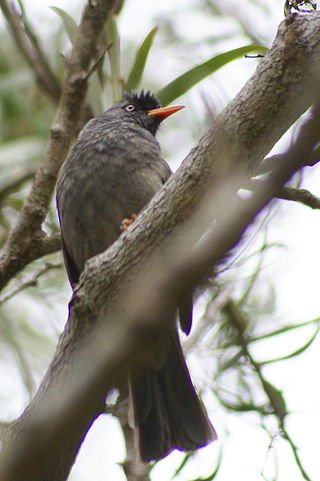
The Réunion bulbul is a species of the bulbul family of passerine birds. It is endemic to Réunion.

The Cape bunting is a passerine bird in the bunting family Emberizidae.

The grey-necked bunting, sometimes referred to as grey-hooded bunting is a species of bird in the family Emberizidae. It breeds along a wide distribution range from the Caspian Sea to the Altai Mountains in Central Asia and winters in parts of Southern Asia. Like other buntings it is found in small flocks.

Elizabeth Vladimirovna Kozlova née Pushkariova was a Russian ornithologist who worked on the avifauna of the Tibetan plateau.
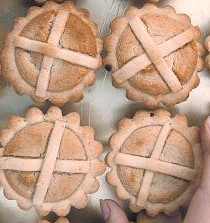
The Leipziger Lerche is a pastry of Leipzig. The name originates from the coveted delicacy popular in the Leipzig area until the 1870s. The dish used the actual songbird lark, which was roasted with herbs and eggs and served as a filling in a pastry crust. In the year 1720 alone, 400,000 larks were sold in Leipzig for consumption.
The year 2021 in birding and ornithology.

